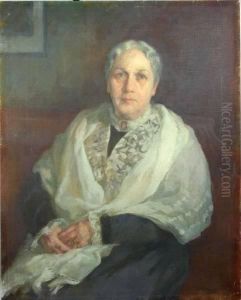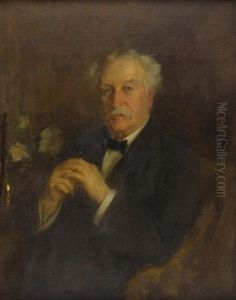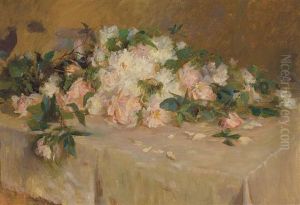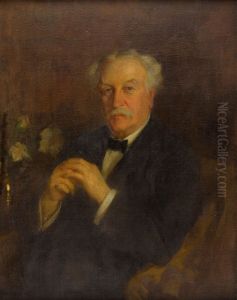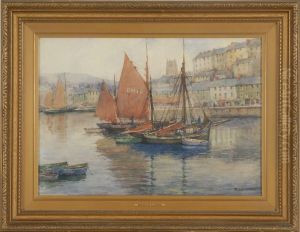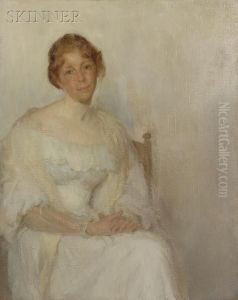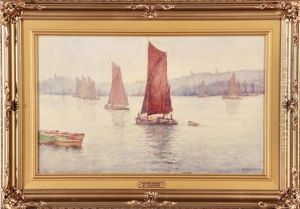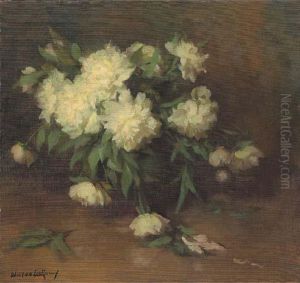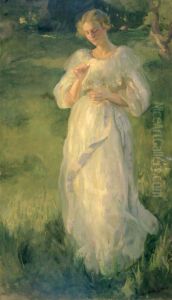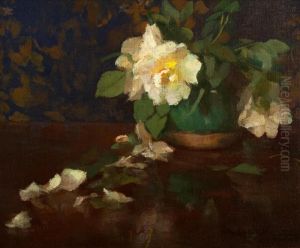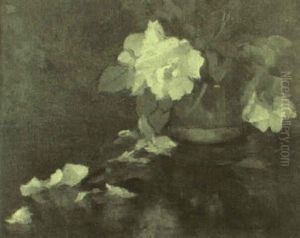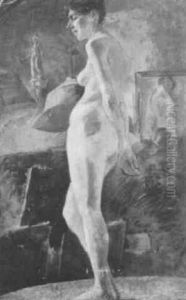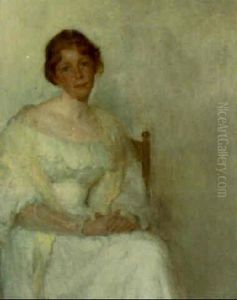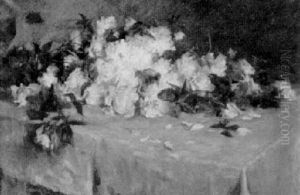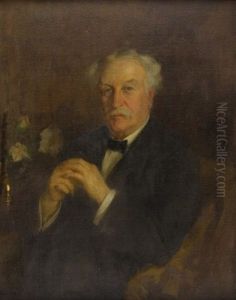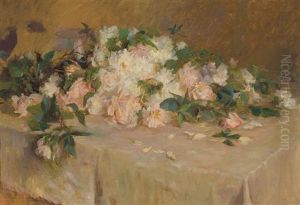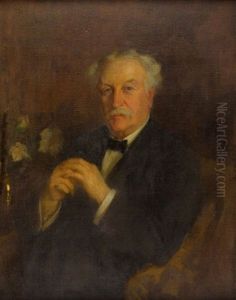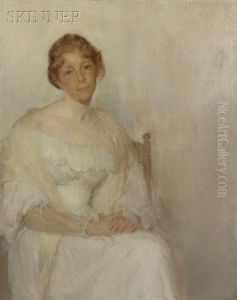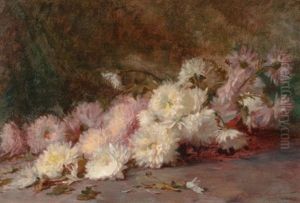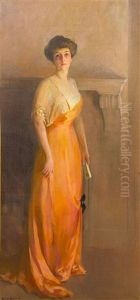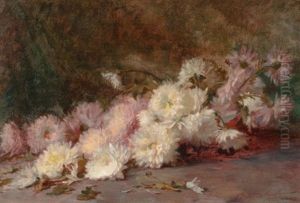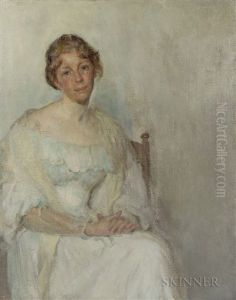Wilton Lockwood Paintings
Wilton Lockwood was an American painter, born in 1861 in Wilton, Connecticut, and part of the vibrant art scene of the late 19th and early 20th centuries. Lockwood was known for his skill in portrait painting, landscapes, and still lifes, showcasing a versatility that marked his career. He was a student of the famous American impressionist Frank Duveneck, and later, his work was also influenced by his association with the American impressionist group, The Ten American Painters, although he was never a formal member.
Lockwood's education and career took a significant turn when he moved to Boston, where he became deeply integrated into the local art community. His work began to reflect the impressionistic style that was gaining popularity in America at the time, characterized by loose brushwork and a vivid use of color. Throughout his career, Lockwood exhibited his work in various prestigious venues, including the Pennsylvania Academy of the Fine Arts and the Boston Art Club, among others. His paintings were well received, and he garnered respect and admiration from both his peers and art critics.
Despite his success, Wilton Lockwood remained somewhat outside the central circle of American impressionists, possibly due to his quieter and more introspective personality. However, his contributions to American art cannot be underestimated. His portraits, in particular, are noted for their psychological depth and nuanced depiction of the subject's character, setting him apart from many of his contemporaries. Lockwood's landscapes and still lifes also demonstrate his keen eye for detail and his ability to capture the transient effects of light and color.
Wilton Lockwood's life was cut short when he died in 1914, at the age of 53. Though his career was relatively brief, his artistic legacy endures, with his works held in several prominent collections and museums across the United States. His dedication to his craft and his unique approach to impressionism contributed significantly to the richness of American art during a period of vibrant artistic exploration and development.
